BACK TO RESEARCH WITH IMPACT: FNR HIGHLIGHTS
As the FNR marks 25 years since its creation, we highlight 25 examples of FNR-supported research with impact.
Since arriving in Luxembourg in 2014, Emmanuel Defay has led a range of projects revolving around smart materials and electrocaloric cooling technology, important research that addresses pressing environmental challenges.

“I am interested in materials making a bridge between energies,” explains Emmanuel Defay, who has just marked a decade as a researcher in Luxembourg.
“It can be mechanical-electrical (piezoelectricity) or thermal-electrical (electrocaloric / pyroelectric). This is what we call coupled materials. And I try to use these coupled materials in something related to energy. At the moment, this is mostly about new ways of cooling more efficiently, or how to generate electricity from waste heat, still efficiently. And all this with “smart” materials.”
Environmentally friendly and efficient cooling systems
The focus of Defay’s Ferroic Materials for Transducers (FMT) research group at the Luxembourg Institute of Science and Technology (LIST) is mainly centred on cooling with new materials, and on transforming waste heat into electricity. What the topics have in common is the keyword “smart materials”.
“Cooling with electrocaloric materials was a bit developed in USSR in the 80s. Then the topic essentially stopped. It resumed in 2006 with a famous publication from Cambridge (UK) that triggered some interest in the world, people realizing that we have to find new solutions for cooling.
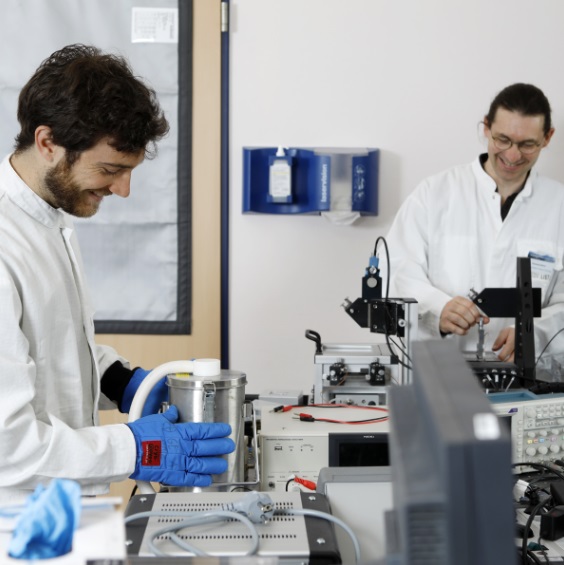
“It also raised my interest and I found a way to spend two years in Cambridge, in the lab of Pr. Neil Mathur who published this famous paper. I have been working on this topic since, and the main reasons I am in Luxembourg is that I knew I was going to find excellent conditions to study this topic here. And now the topic is bigger than ever. ”Dr Emmanuel Defay Luxembourg Institute of Science and Technology (LIST)
Efficient and environmentally friendly cooling systems
This emerging technology aims to create cooling systems that are both efficient and environmentally friendly, using materials that change temperature under an external voltage to reduce reliance on harmful refrigerants.
Reflecting on his journey working on the topic of electrocaloric cooling, Defay emphasizes a PRIDE Doctoral Training Unit (DTU), as well a BRIDGES project, both supported by the FNR.
“The FNR has been key to the success of my approach.”
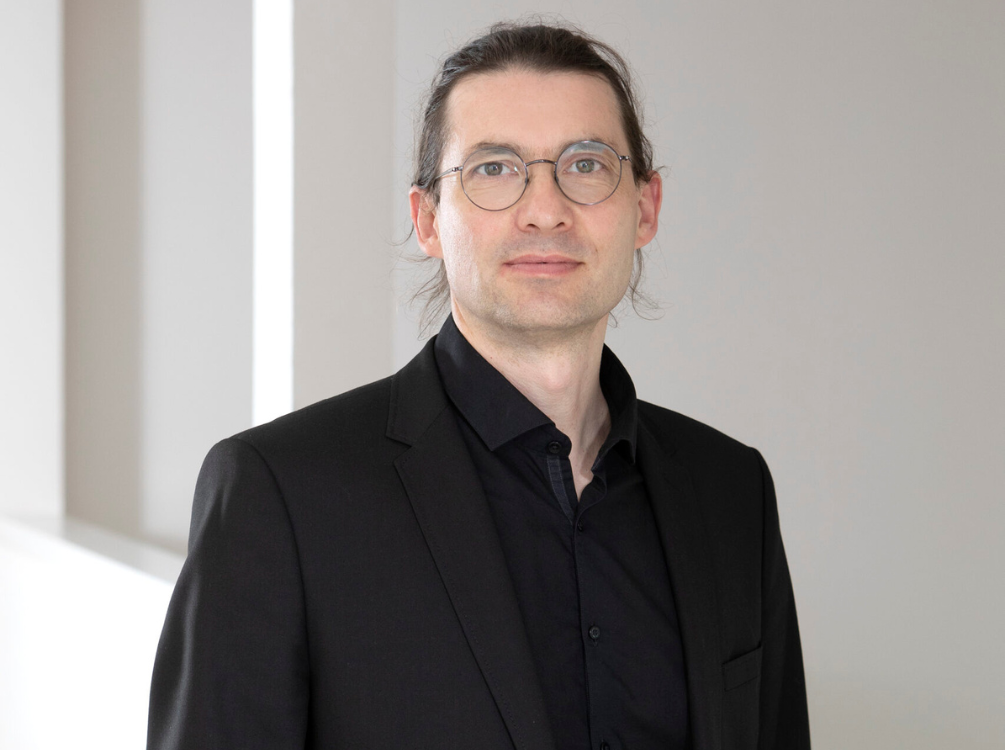
“MASSENA (PRIDE) was the first one in which I could investigate electrocaloric cooling with a PhD student and we had a fantastic journey, with our first big impact journal (Science in 2020). This was really a big deal to show that this technology is worth being investigated and that we are one of the most prominent labs in the work on the topic. ”Dr Emmanuel Defay Luxembourg Institute of Science and Technology (LIST)
These efforts were recognised with an FNR Award for Outstanding Scientific Achievement in 2021.
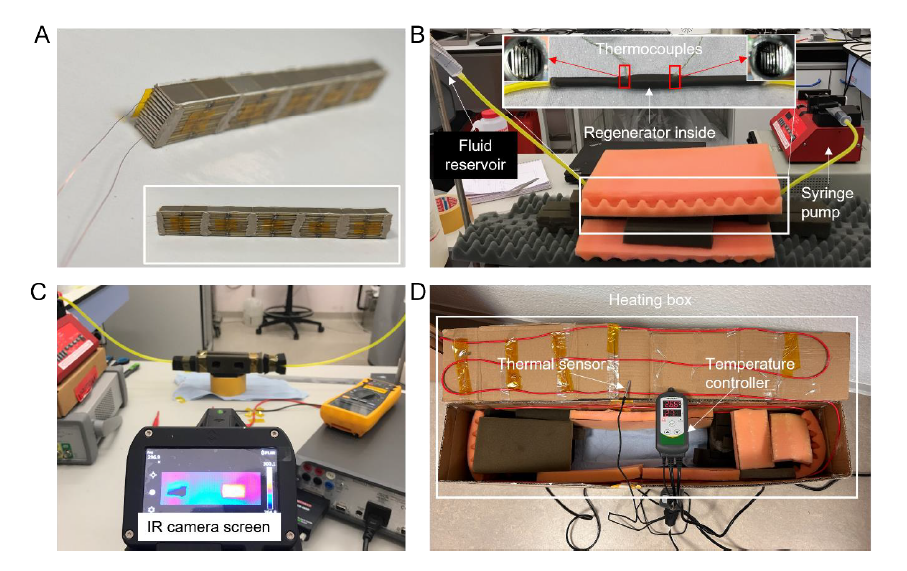
DOI: 10.1126/science.adi5477
Fruitful collaboration with Japanese company
The team was able to confirm these results in 2023, thanks to a project called CECOHA, as part of which Defay collaborated with a Japanese researcher (Dr Sakyo Hirose) at Murata Inc., preparing materials assembled in a very specific, patented, manner. This collaboration was supported by the FNR’s BRIDGES programme, which facilitates the collaboration between an academic and industrial partner. Defay highlights the difference this programme has made to how quickly he was able to progress in this research area.
In June 2024, Defay was awarded an EIC Pathfinder Grant of nearly 2 MEUR for “CoolPol,” a project exploring advanced polymer-based cooling technologies. Building on his earlier work with ceramics, this research aims to develop solutions that are lighter and potentially more efficient. Still, polymers’ long-term advantages and scalability remain key areas for exploration.
“Thanks to the BRIDGES programme, I could directly work with two international companies, namely MURATA (Japan) and ARKEMA (France). Without this funding, at best, I would have lost 5 years, at worst, I would not have been able to work with these companies. This programme was instrumental to keep being in this research race.”
Coming up with efficient electricity production and efficient cooling is going to be vital for humankind, Defay emphasises.
“I believe much more than anything else because this is about energy. For the moment, we all have the feeling that energy is nearly for free. But the recent events have shown that changes can happen very quickly. Therefore, working on efficient ways of having access to energy will certainly be central in the decades to come. ”Dr Emmanuel Defay Luxembourg Institute of Science and Technology (LIST)
Transforming waste heat into electricity
The other topic Defay and team work on is transforming waste heat into electricity.
“This very topic on which I work was also of interest in the eighties and became essentially silent for 40 years. Our recent paper raised the interest again on such materials, now that we have access to much better ones.”
Defay secured an ERC Advanced Grant supporting this work on harnessing waste heat as a way to generate electricity. This project underscores his ability to translate research into impactful solutions, though significant technical hurdles remain in bringing such ideas to fruition.

“The breakthrough we made on waste heat conversion in electricity was done mostly through the CORE project THERMODIMAT (paper in Nature in 2022), that led to obtaining my ERC grant in 2024. If we project ourselves in time, this technology should provide not only new ways to generate electricity with waste heat or sun power but also new means to cool down our food and houses, with less electricity consumption. ”Dr Emmanuel Defay Luxembourg Institute of Science and Technology (LIST)
Main questions: Efficiency and upscaling
Efficiency and scaling up remain the two main key questions in Defay’s focus areas. The efficiency needs to be studied on real devices – according to theory, this efficiency should be outstanding, but it needs to be proven in the real world.
“We have also to carry on our collaborations with industries to show that scaling up the size of the devices is possible. There are many hurdles remaining in the scientific scene that we are well positioned to tackle for the moment. But the competition is increasing!”

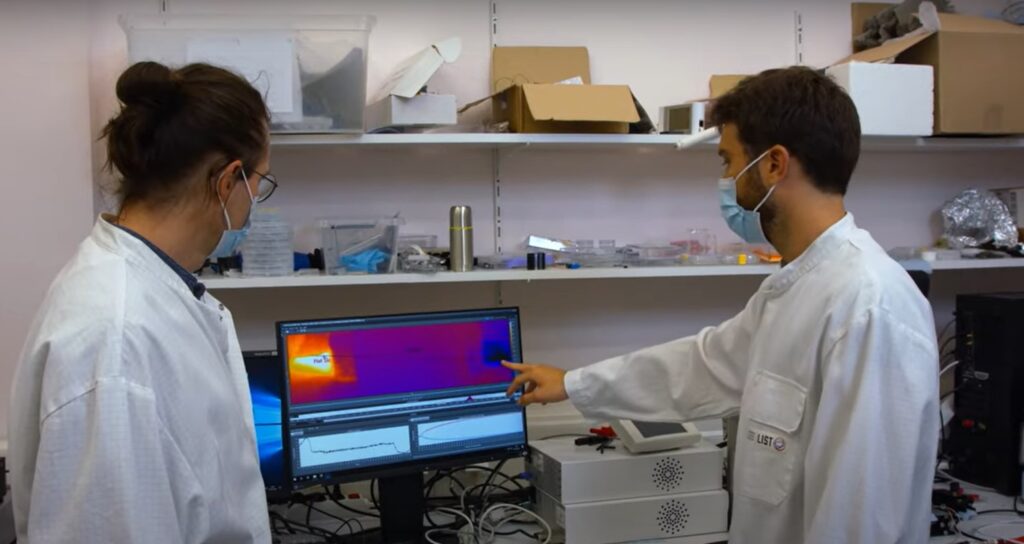
“I always try to make a device out of the materials I study”
Over the last decade, Defay has trained three PhD students and four post docs on these topics. Two permanent members have also been strongly involved in these research endeavour. Some remain at LIST, some have gone abroad and two have gone on to become professors.
“The impact on me has been massive. I got an ERC Advanced grant on waste heat and an EIC Pathfinder grant on cooling the same year. This success is strongly related to FNR funding that has enabled putting in place my strategy in a very systematic way. ”Dr Emmanuel Defay Luxembourg Institute of Science and Technology (LIST)
“We are not followers”
Defay’s work illustrates the transformative potential of scientific research, highlighting the importance of curiosity, collaboration, and persistence in addressing global challenges. While the future of cooling technology and smart materials is still unfolding, his contributions highlight the importance of pushing boundaries and striving for impact.
“The specificity of my research is that I always try to make a device out of the materials I study. The impact in the community is that we prove that the topic is worth being pursued because we have shown on both topics – cooling and waste heat conversion – that our approach can be scaled up. It means that potential applications are at reach, and not only lab experiments or extrapolation.”
“For the moment, the impact is mostly about showing that we make top notch research on the topic here in Luxembourg. We are not followers.” Defay concludes.
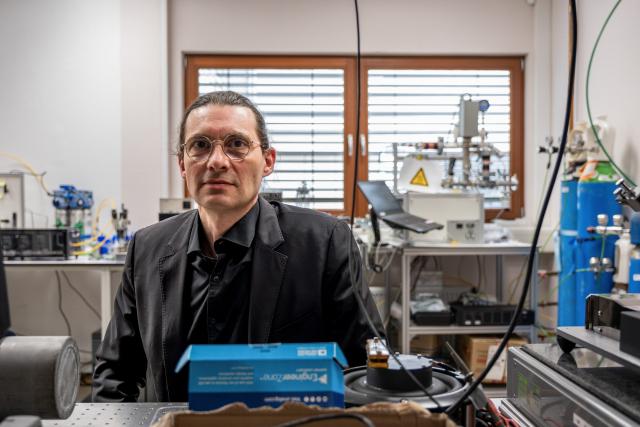
Podcasts featuring Emmanuel Defay
Emmanuel Defay’s FNR-supported projects (main applicant)
| Project title | Call year | FNR funding instrument |
| Electrocaloric Ceramics for Cooling and energy Harvesting | 2021 | BRIDGES |
| Thermodielectric materials for energy harvesting | 2020 | CORE |
| Electrocaloric polymers for solid-state cooling | 2020 | BRIDGES |
| Energy harvesting and energy storage devices based on nanomaterials for autonoumous sensors | 2018 | INTER |
| Caloric Materials: electrical efficiency and heat conductivity | 2017 | CORE |
| Transparent piiezoelectrics on glass | 2017 | BRIDGES |
| Multi-caloric materials | 2016 | INTER |
| Materials for Sensing and Energy Harvesting (MASSENA) | 2015 | PRIDE |
Related highlights
25 examples of research with impact: Advancing AI and Computer Vision: From space tech to better healthcare
As the FNR marks 25 years since its creation, we highlight 25 examples of FNR-supported research with impact. Since arriving…
Read more
25 examples of research with impact: Understanding the evolution of the workplace in the digital era
As the FNR marks 25 years since its creation, we highlight 25 examples of FNR-supported research with impact. Active in…
Read more
25 examples of research with impact: Breaking barriers in cancer research & treatment
As the FNR marks 25 years since its creation, we highlight 25 examples of FNR-supported research with impact. In Luxembourg…
Read more
25 examples of research with impact: Shaping the future of historical research in a digital age
As the FNR marks 25 years since its creation, we highlight 25 examples of FNR-supported research with impact Andreas Fickers…
Read more
25 examples of research with impact: Harnessing nature’s power for a sustainable future
As the FNR marks 25 years since its creation, we highlight 25 examples of FNR-supported research with impact. Since arriving…
Read more
25 examples of research with impact: Revolutionising nano-analytics for a complex world
As the FNR marks 25 years since its creation, we highlight 25 examples of FNR-supported research with impact. Since arriving…
Read more